Decoding the Best Model for Face Detection
Dec 19, 2023
Dec 19, 2023
Dec 19, 2023
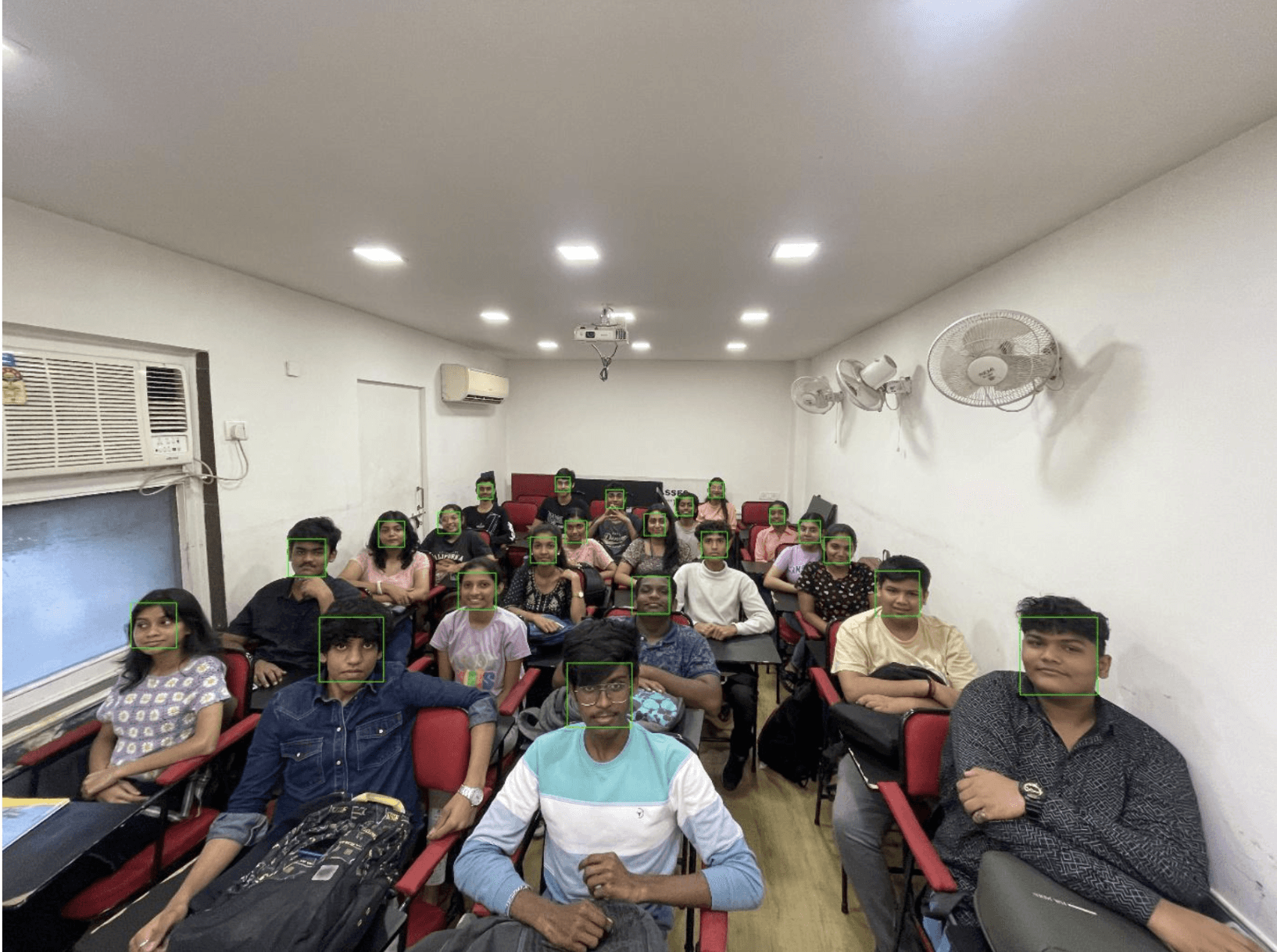

Greetings to our esteemed readers, especially the engineering students and tech aficionados! We know the frustration—slogging through theoretical algorithms and mathematical models only to find they don't always pan out in the real world. Face detection algorithms are no exception.
In today's piece, we'll transition from theoretical knowledge to practical application. We compare the traditional dlib model with CNN-based models to illustrate which one you should choose for your next project.
The Challenge with Face Detection Accuracy
When we commenced our journey into the realm of face detection, the dlib library was the initial choice for our engineering team. dlib is renowned for its robustness in a variety of tasks, making it a seemingly ideal choice for this project. However, upon further evaluation, we identified a critical bottleneck affecting the overall accuracy of our system—especially in scenarios involving variable lighting conditions, diverse angles, or partial face coverage. This prompted us to explore alternative approaches, and this led us to Convolutional Neural Networks (CNNs).
Unpacking the Dlib Algorithm
Before we venture into the complexities of CNNs, let's revisit the fundamentals of the dlib model based on the Histogram of Oriented Gradients (HOG). The HOG method, used in conjunction with a Support Vector Machine (SVM), analyzes an image's gradients or edges in localized portions to detect faces.
Strengths:
Efficient in general face detection tasks.
Quick processing time.
Weaknesses:
Limited capability in variable lighting conditions.
Inconsistent performance at different angles or with obscured faces.
Introducing Convolutional Neural Networks (CNNs)
In contrast, CNNs offer an advanced, more nuanced approach to the task at hand. These networks autonomously learn from the hierarchies of features present in images, improving their detection capabilities continually.
Strengths:
Exceptional accuracy in face detection.
Unaffected by challenging conditions like variable lighting or different angles.
Weaknesses:
Greater computational resource requirements, which are justified by the enhanced accuracy.
Comparative Evaluation: CNN vs. HOG
To substantiate our observations, we tested both models using classroom images as a standardized dataset.
The CNN-based model demonstrated a consistent 100% accuracy rate across various conditions.
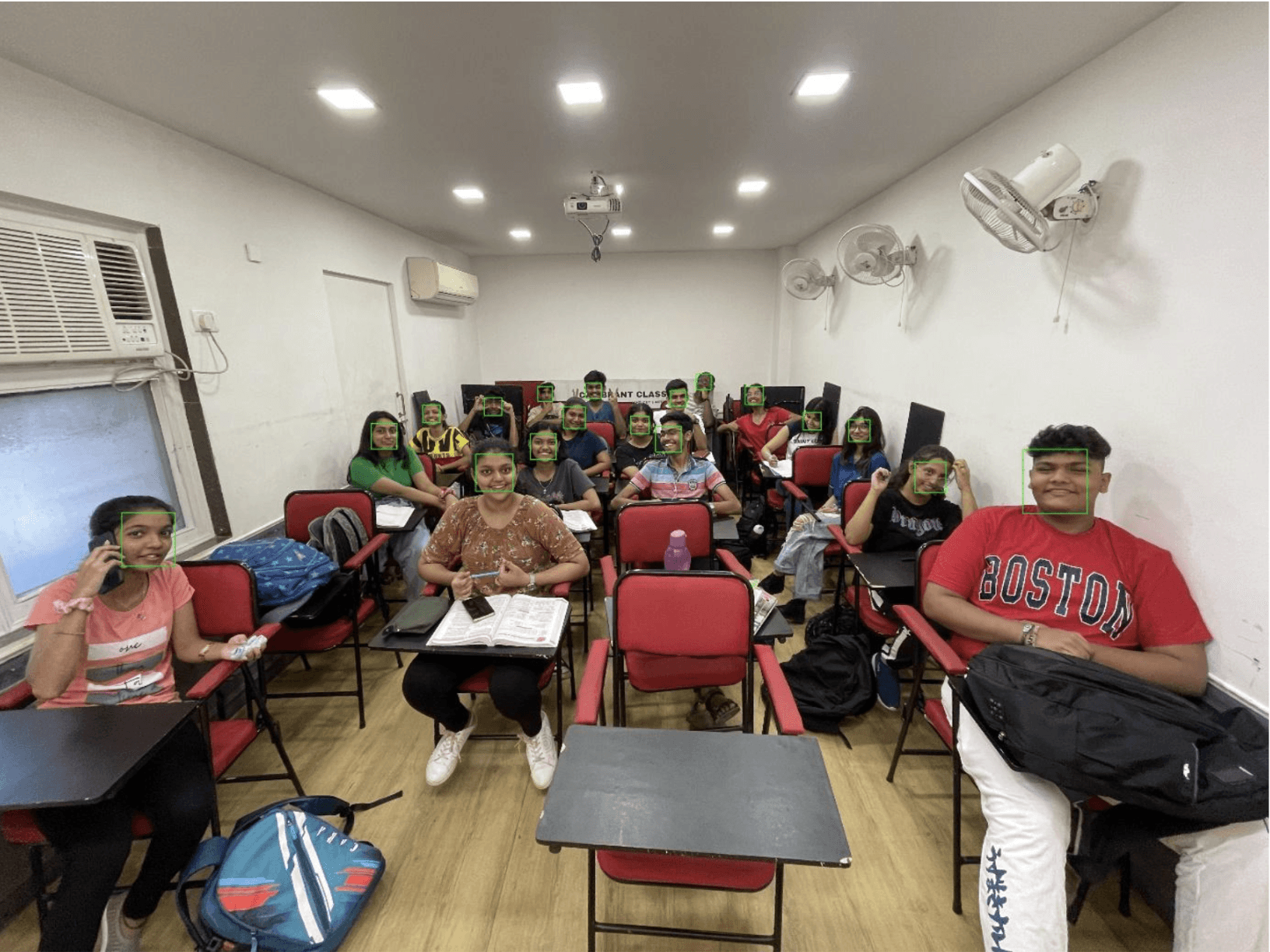
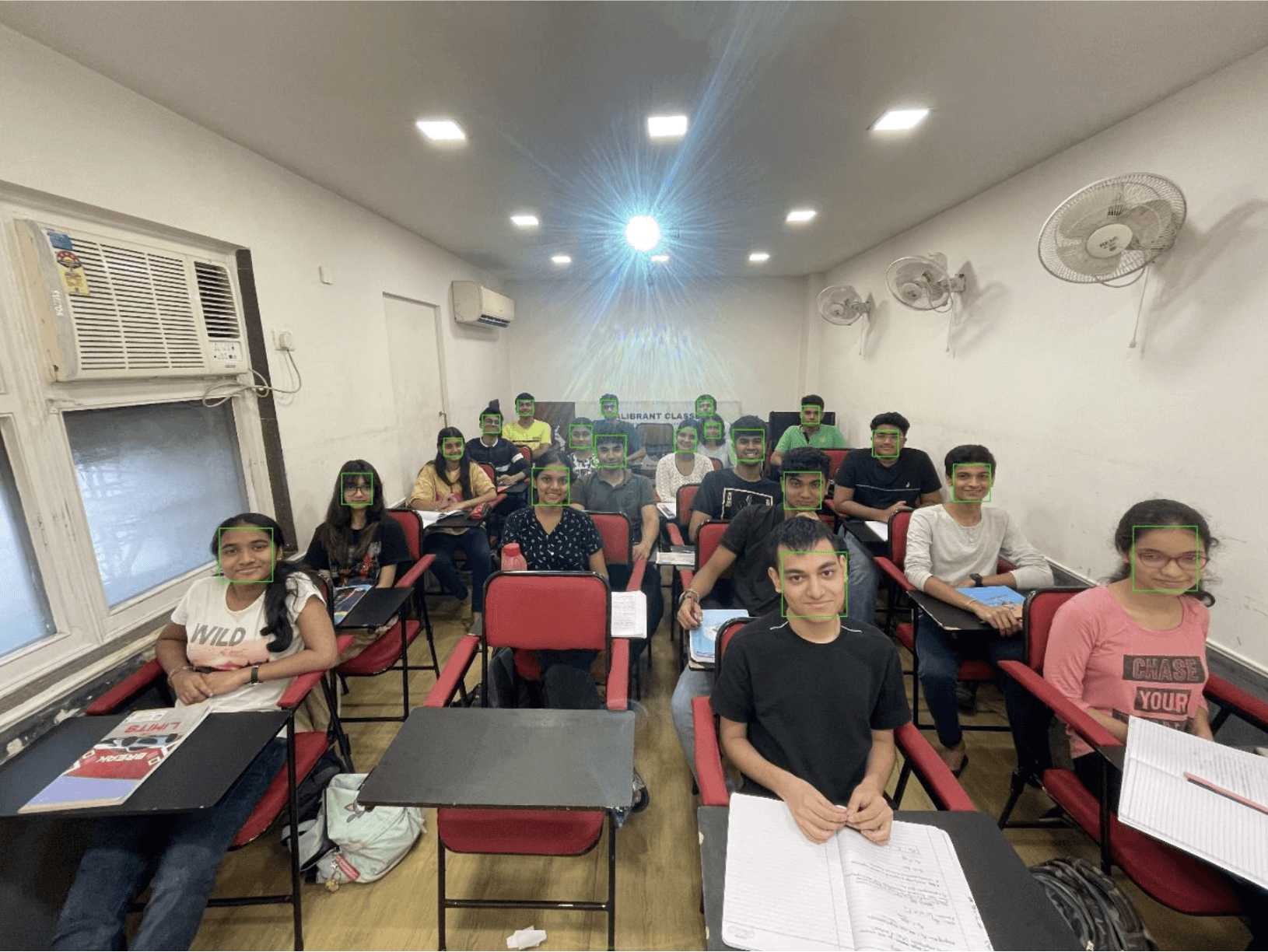
In contrast, the HOG-based model's performance fluctuated significantly, with accuracy ranging between 72% to 79%.
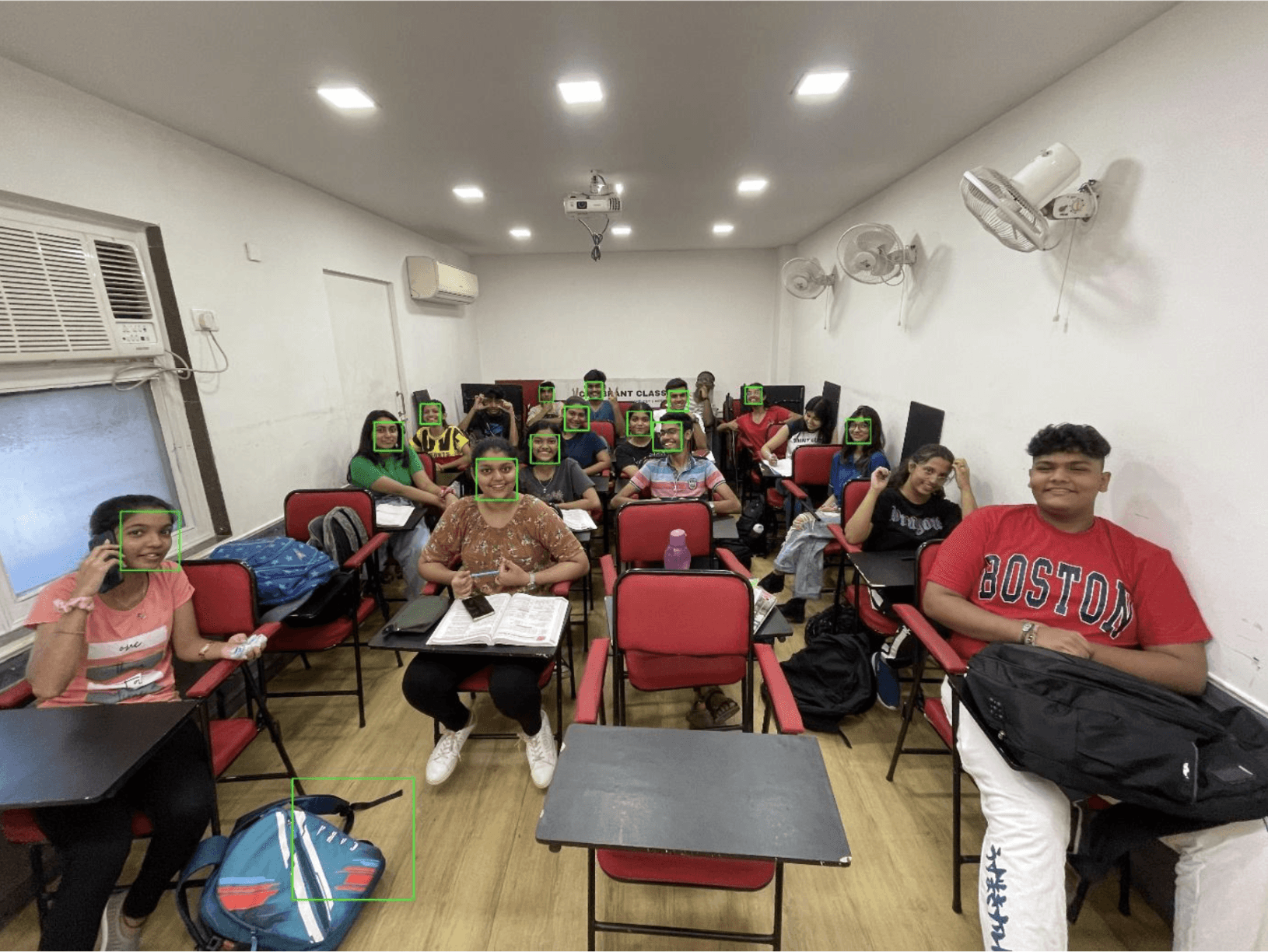
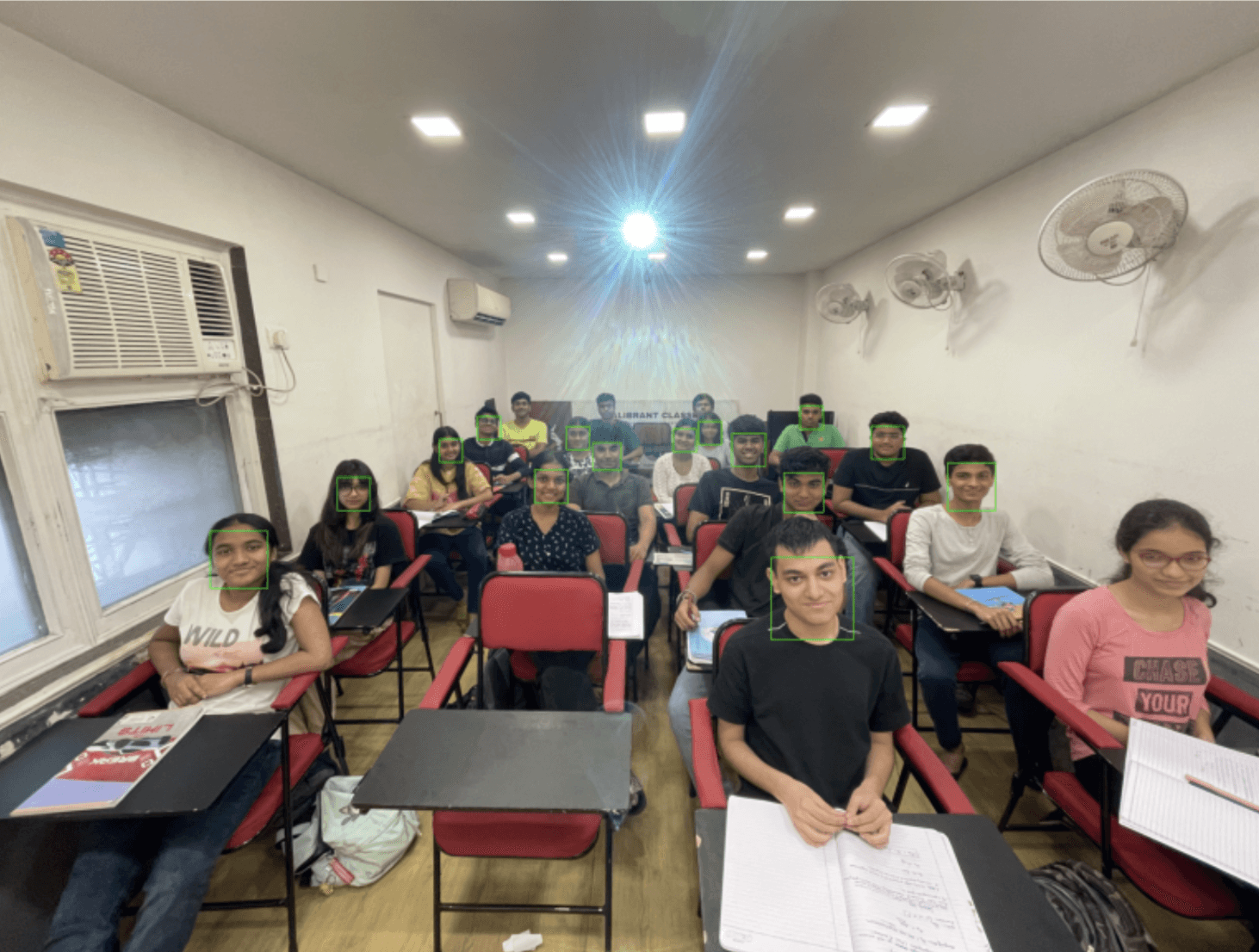
🎥 Jump into Demo:
Conclusion
In summary, while the HOG-based model is efficient and sufficient for general tasks, it falls short under challenging conditions. On the other hand, CNN-based models, despite their higher computational requirements, provide a level of accuracy that justifies the additional resources.
We hope this in-depth examination aids your understanding of the complexities and nuances involved in face detection algorithms. Stay tuned for more insights into the ever-evolving world of technology and engineering.
Thank you for reading, and we look forward to contributing further to our growing engineering community.
- Team HackeroX
Greetings to our esteemed readers, especially the engineering students and tech aficionados! We know the frustration—slogging through theoretical algorithms and mathematical models only to find they don't always pan out in the real world. Face detection algorithms are no exception.
In today's piece, we'll transition from theoretical knowledge to practical application. We compare the traditional dlib model with CNN-based models to illustrate which one you should choose for your next project.
The Challenge with Face Detection Accuracy
When we commenced our journey into the realm of face detection, the dlib library was the initial choice for our engineering team. dlib is renowned for its robustness in a variety of tasks, making it a seemingly ideal choice for this project. However, upon further evaluation, we identified a critical bottleneck affecting the overall accuracy of our system—especially in scenarios involving variable lighting conditions, diverse angles, or partial face coverage. This prompted us to explore alternative approaches, and this led us to Convolutional Neural Networks (CNNs).
Unpacking the Dlib Algorithm
Before we venture into the complexities of CNNs, let's revisit the fundamentals of the dlib model based on the Histogram of Oriented Gradients (HOG). The HOG method, used in conjunction with a Support Vector Machine (SVM), analyzes an image's gradients or edges in localized portions to detect faces.
Strengths:
Efficient in general face detection tasks.
Quick processing time.
Weaknesses:
Limited capability in variable lighting conditions.
Inconsistent performance at different angles or with obscured faces.
Introducing Convolutional Neural Networks (CNNs)
In contrast, CNNs offer an advanced, more nuanced approach to the task at hand. These networks autonomously learn from the hierarchies of features present in images, improving their detection capabilities continually.
Strengths:
Exceptional accuracy in face detection.
Unaffected by challenging conditions like variable lighting or different angles.
Weaknesses:
Greater computational resource requirements, which are justified by the enhanced accuracy.
Comparative Evaluation: CNN vs. HOG
To substantiate our observations, we tested both models using classroom images as a standardized dataset.
The CNN-based model demonstrated a consistent 100% accuracy rate across various conditions.


In contrast, the HOG-based model's performance fluctuated significantly, with accuracy ranging between 72% to 79%.


🎥 Jump into Demo:
Conclusion
In summary, while the HOG-based model is efficient and sufficient for general tasks, it falls short under challenging conditions. On the other hand, CNN-based models, despite their higher computational requirements, provide a level of accuracy that justifies the additional resources.
We hope this in-depth examination aids your understanding of the complexities and nuances involved in face detection algorithms. Stay tuned for more insights into the ever-evolving world of technology and engineering.
Thank you for reading, and we look forward to contributing further to our growing engineering community.
- Team HackeroX